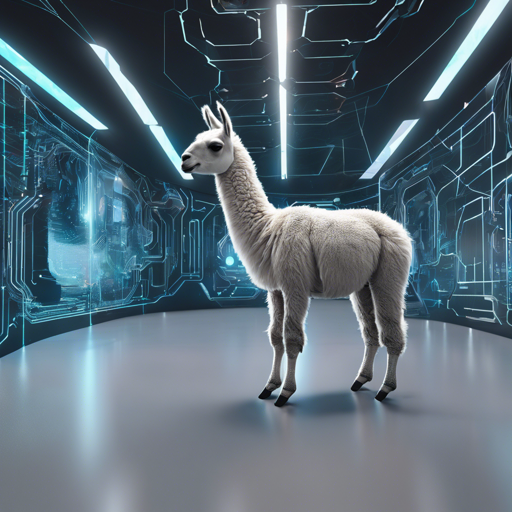In the ever-evolving world of language models, the Llama-3.1-Nemotron-70B-Reward by NVIDIA stands out as a notable contribution. This large language model is designed to assess the quality of generated responses in multi-turn English conversations. In this article, we’ll explore how to utilize this model effectively, troubleshoot common issues, and even look at a creative analogy to grasp its functionality. Let’s dive in!
Model Overview
Llama-3.1-Nemotron-70B-Reward combines advanced machine learning techniques to rate the assistant’s responses based on their quality. This model leverages a unique approach using Bradley Terry and SteerLM Regression Reward Modeling to generate helpful and coherent outputs.
Steps to Use the Llama-3.1 Nemotron Model
- Deploy the Model: Start by setting up an inference server within the NeMo container:
docker pull nvcr.io/nvidia/nemo:24.05.llama3.1pythonHF_HOME=YOUR_HF_HOME_CONTAINING_TOKEN_WITH_LLAMA31_70B_ACCESS python optNeMo-Aligner/examples/nlp/gpt/serve_reward_model.py --rm_model_file=Llama-3.1-Nemotron-70B-Reward --trainer.num_nodes=1 --trainer.devices=8 --model.tensor_model_parallel_size=8 --model.pipeline_model_parallel_size=1 --inference.micro_batch_size=2 --inference.port=14242A Conceptual Analogy to Understand the Model
Think of the Llama-3.1-Nemotron-70B-Reward model as a seasoned restaurant critic evaluating dish quality in a multi-course meal. Each interaction between the user and the assistant is akin to different courses served during a dining experience. The model assesses the ‘final dish’ or the last assistant’s turn, providing a reward score based on how flavorful and satisfying it is—just as a critic rates a meal.
Moreover, different menus (or prompts) might yield varying levels of satisfaction, and while one dish might excel in flavor, it cannot be compared to another meal based on a different set of ingredients. This encapsulates the model’s nuanced approach to evaluating responses!
Troubleshooting Common Issues
If you encounter issues while working with the Llama-3.1-Nemotron model, here are some common pitfalls and resolutions:
- Issue: The server fails to start.
Solution: Ensure that theYOUR_HF_HOMEpath is correctly set and that you have the right permissions to access it. - Issue: Annotations are not generating.
Solution: Check that your input data format strictly adheres to JSON-L format as specified in the documentation. Minor discrepancies can cause the processing to fail. - Issue: Receiving low quality scores.
Solution: Review the training datasets for coherence and alignment with human preferences, as the model heavily relies on quality training data to improve its output.
For more insights, updates, or to collaborate on AI development projects, stay connected with fxis.ai.
Conclusion
Harnessing the power of the Llama-3.1-Nemotron-70B-Reward model can greatly enhance your AI applications, offering nuanced assessments of conversational quality. Remember that as with any AI development, continuous improvement and adaptation are the keys to success.
At fxis.ai, we believe that such advancements are crucial for the future of AI, as they enable more comprehensive and effective solutions. Our team is continually exploring new methodologies to push the envelope in artificial intelligence, ensuring that our clients benefit from the latest technological innovations.
Further Resources
To learn more about the nuances of this model, consider exploring the following resources:

